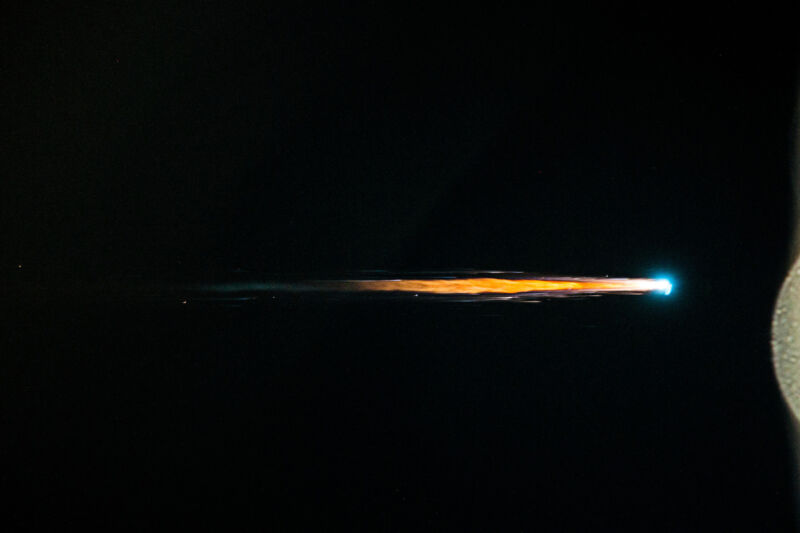
Since the beginning of the year, landowners have discovered several pieces of space junk traced to missions supporting the International Space Station. On all of these occasions, engineers expected none of the disposable hardware would survive the scorching heat of reentry and make it to Earth’s surface.
These incidents highlight an urgency for more research into what happens when a spacecraft makes an uncontrolled reentry into the atmosphere, according to engineers from the Aerospace Corporation, a federally funded research center based in El Segundo, California. More stuff is getting launched into space than ever before, and the trend will continue as companies deploy more satellite constellations and field heavier rockets.
“The biggest immediate need now is just to do some more work to really understand this whole process and to be in a position to be ready to accommodate new materials, new operational approaches as they happen more quickly,” said Marlon Sorge, executive director of Aerospace’s Center for Orbital and Reentry Debris Studies. “Clearly, that’s the direction that spaceflight is going.”
Ideally, a satellite or rocket body at the end of its life could be guided to a controlled reentry into the atmosphere over a remote part of the ocean. But this is often cost-prohibitive because it would require carrying extra fuel for the de-orbit maneuvers, and in many cases, a spacecraft doesn’t have any rocket thrusters at all.
In March, a fragment from a battery pack jettisoned from the space station punched a hole in the roof of a Florida home, a rare instance of terrestrial property damage attributed to a piece of space junk. In May, a 90-pound chunk of a SpaceX Dragon spacecraft that departed the International Space Station fell on the property of a “glamping” resort in North Carolina. At the same time, a homeowner in a nearby town found a smaller piece of material that also appeared to be from the same Dragon mission.
These events followed the discovery in April of another nearly 90-pound piece of debris from a Dragon capsule on a farm in the Canadian province of Saskatchewan. NASA and SpaceX later determined the debris fell from orbit in February, and earlier this month, SpaceX employees came to the farm to retrieve the wreckage, according to CBC.
Pieces of a Dragon spacecraft also fell over Colorado last year, and a farmer in Australia found debris from a Dragon capsule on his land in 2022.





